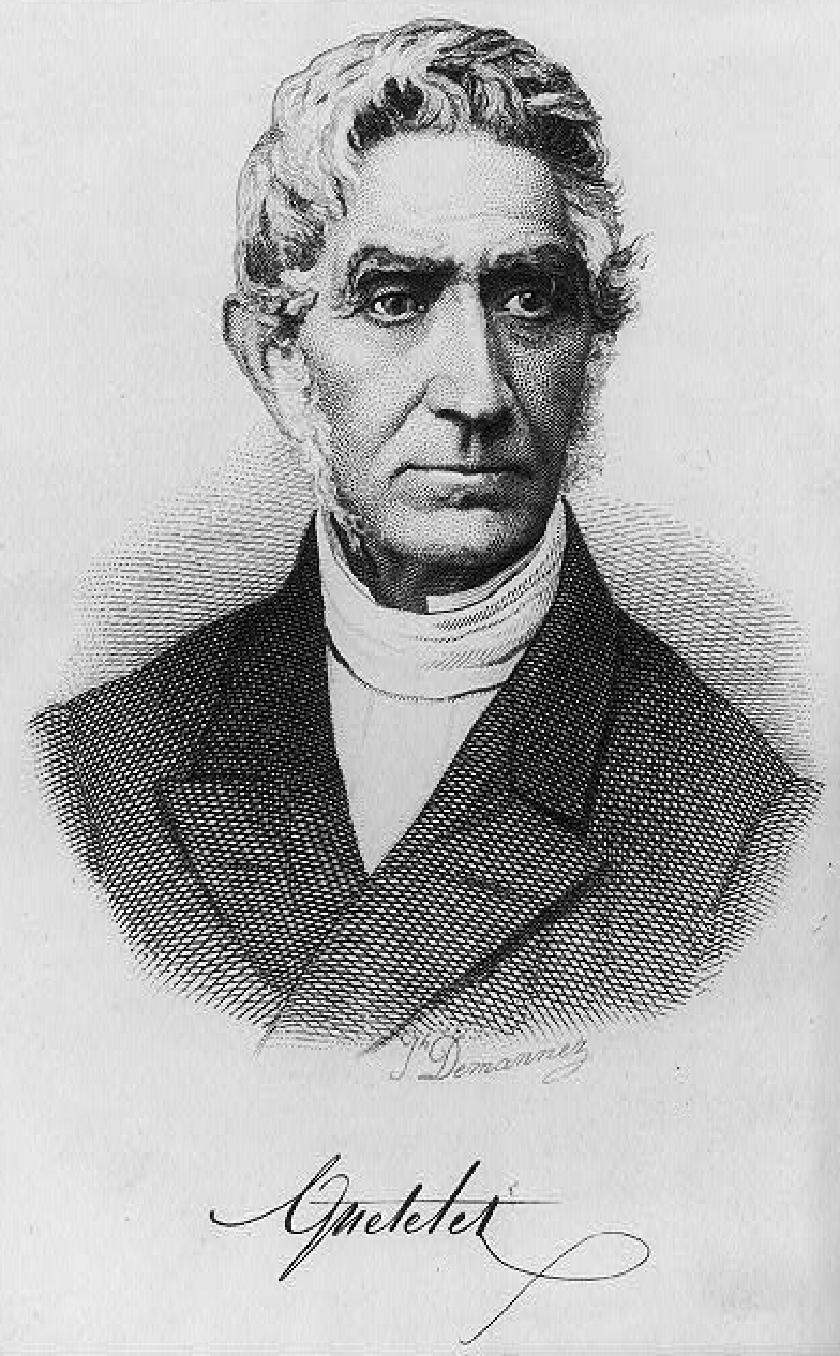What is BMI and why should you not worry?
BMI is as widely used as it’s misunderstood. People fight over whether to use it or not but neither side seems to understand that this is a false dichotomy and that they’re actually both wrong.
Body Mass Index (BMI) is a way to measure overweight and obesity, to be used as a marker for health. We know that an abundance of body fat is associated with declining health but BMI doesn’t actually measure fat.
Instead, it focuses on a more easily measured proxy – weight in relation to height. This is a quick and efficient approach. It’s really an excellent tool for its intended purposes!
Those purposes, however, don’t include regular fitness folks, like you and me.
For us, it’s practically worthless.
Let’s first have a look at what BMI is, before delving into what it can and can’t do.
You Body Mass Index is a calculated value and its formula very simple. With the metric system you need your weight in kilos and height in meters:
Weight / Height²
And with the Imperial system you need your weight in pounds and height in inches:
(Weight * 703) / Height²
If your result is below 18.5 you’re underweight, if it’s between 18.5 and 25 you’re normal weight, between 25 and 30 you’re overweight, and over 30 you’re obese.

Let’s take myself as an example – a fairly muscular guy with a comfortable layer of insulation. I’m 85 kg (187 lbs) and 1.84 m (72 in) and that gives me:
85 / 1.84² = 25.1
I have a BMI of 25.1. So, yeah, this tool would classify me as overweight.
Pretty simple, huh? Punch in your numbers and you get a very clear result. Imagine if that was actually true.
Of course, this entirely overlooks your body composition. If I gain fifteen kilos of pure muscle, does that mean I’m obese? Or if I lose my arm, am I suddenly underweight?
Any tool that puts an elite level bodybuilder in the same category as someone who can’t bend down to tie their shoes should give you pause to wonder about its accuracy.
For regular people, BMI can give you a decent ballpark of where you’re at. But it becomes increasingly useless for anyone who trains hard and I’d say it’s even worthless if you’ve got about a year’s worth of training under your belt.
So how come we’re still talking about BMI?
Because it’s still useful. In the right circumstances.
To understand how, we’ll have to travel back in time a few hundred years, to learn about how BMI came about and its original purpose.
Quetelet Index

Adolphe Quetelet (1796-1874) was a Belgian mathematician, astronomer, and statistician.
(Imagine the guy’s LinkedIn profile.)
He devised the so-called Quetelet Index in 1832, as a tool for tracking weight status in populations.
More than a hundred years later, in 1972, the Quetelet Index was renamed to the Body Mass Index.
The usage is the same though. You take a group of people, run their height and weight through the above formula, average the result, and then use that number to determine the status of the group.
This enables you to, for example, compare office workers on different levels of a building and see if being moved to the tenth floor, with all the extra stairs, has any effect on body weight (I’d doubt it but it’d make for a fun experiment).
On a group level, for researchers, BMI is a useful tool. (It can, for example, warn us about rising child obesity.)
On an individual level, however, the inaccuracy renders it virtually useless and this effect compounds for training individuals. It simply makes no difference between weight from extra muscle mass or extra fat mass.
BMI alternative
Now that you know not to use BMI for yourself – what should you use instead?
You’ll hate me for saying this but … it depends.
If you want to know exactly how much fat you’re carrying around, to crunch some numbers before doing a cut, then there’s a wide selection of tools and methods for that.
I recommend getting a plastic caliper and/or a measurement tape. They’re both cheap, easy to learn to use, and fairly accurate.
Or, if you can find and afford it, underwater weighing is very accurate.
However, if your main interest is simply knowing whether you’re overweight/obese, then you probably already have all that you need at home: a mirror.
It’s a simple procedure:
- Strip down to your underwear.
- Step in front of your mirror.
- Ask yourself if you look overweight/obese.
That’s it. That’s the only measurement you need. No fancy equipment required.
The reason this works so well is that everyone has their own references and this “method” captures that. What’s overweight for you might just be comfortable winter insulation for me. What’s too skinny for someone else might be exactly what you like.
(Unless you’re suffering from body dysmorphia or similar pathology, in which case you should be talking to a doctor and not reading about body composition on the Internet.)
The point is: no one else gets to tell you what ideal you should strive for. You decide for yourself what body you want and are happy with.
If that’s the one you have, congratulations! If not, simply fix it.
But most importantly: don’t let anyone else tell you what needs fixing.
Especially not some crude statistical tool from the 18th century.






